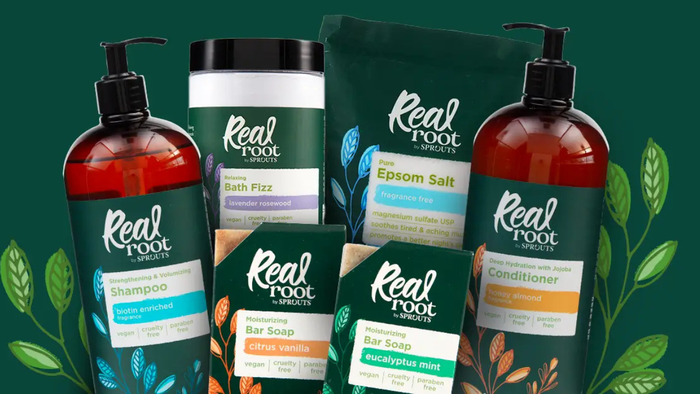Sponsored By
Private Label
A bag of Truly Yours truffles
Private Label
Fareway launches Truly Yours private label lineFareway launches Truly Yours private label line
Items include truffles, mini pies, and sandwich cookies
Stay up-to-date on the latest food retail news and trends
Subscribe to free eNewsletters from Supermarket News









































